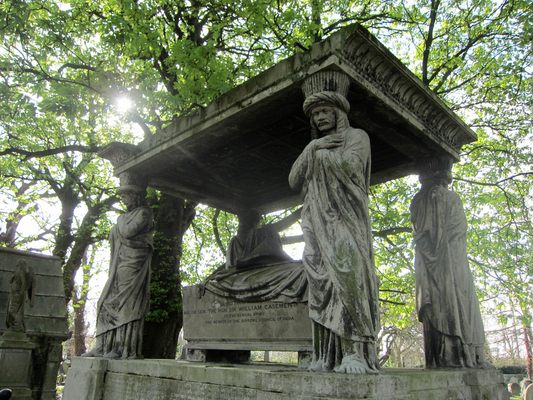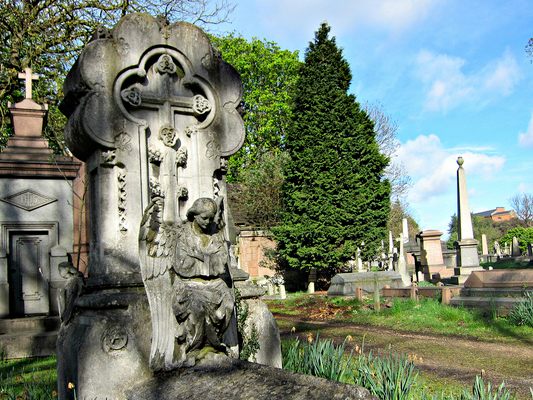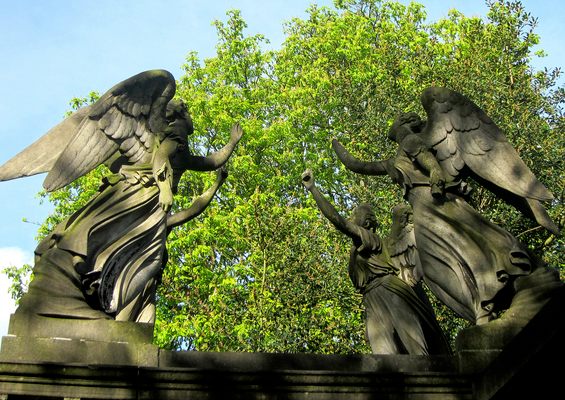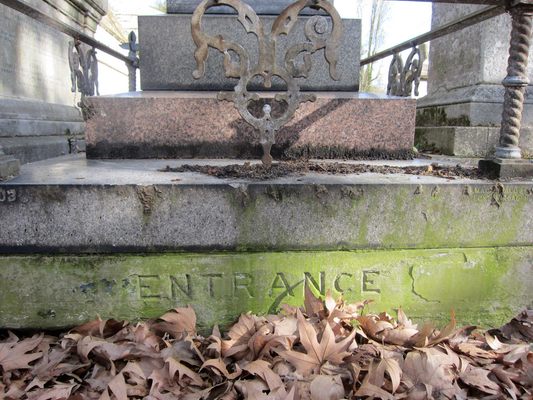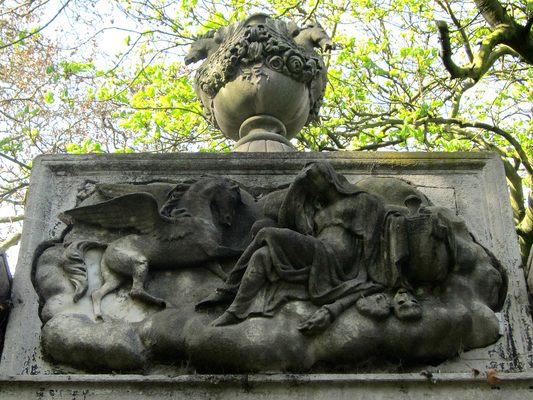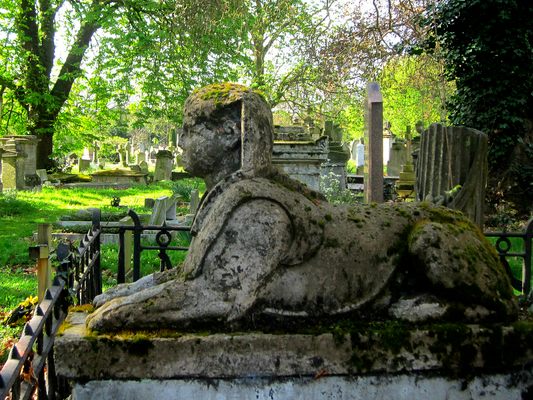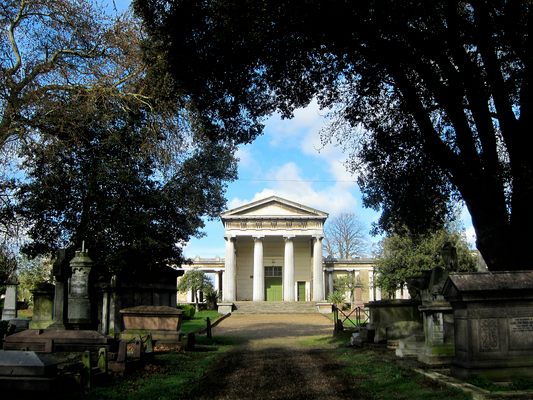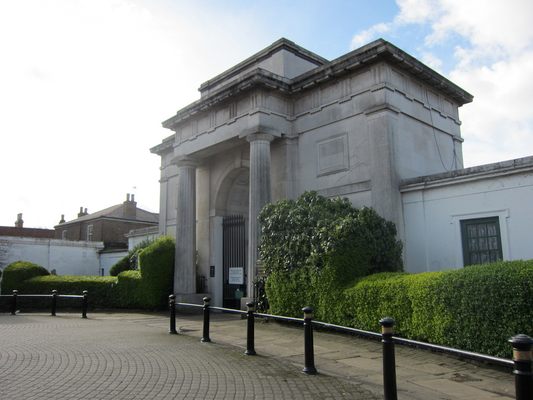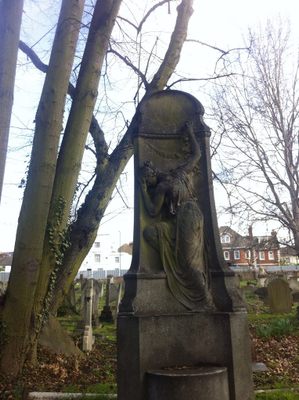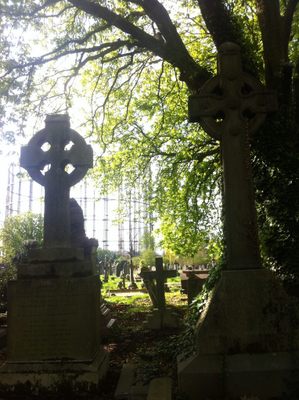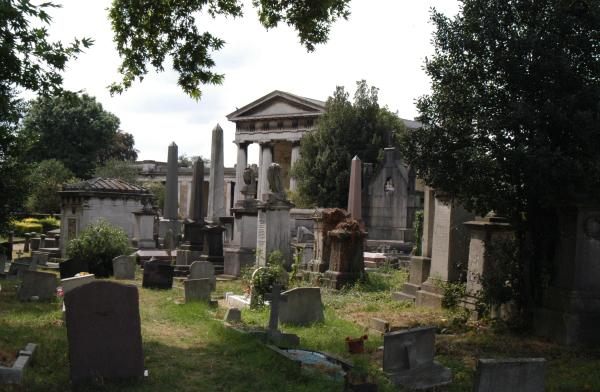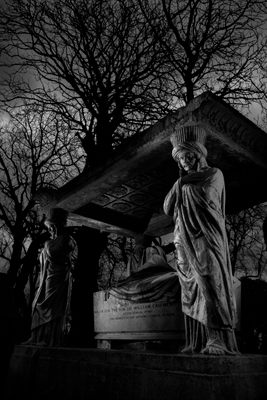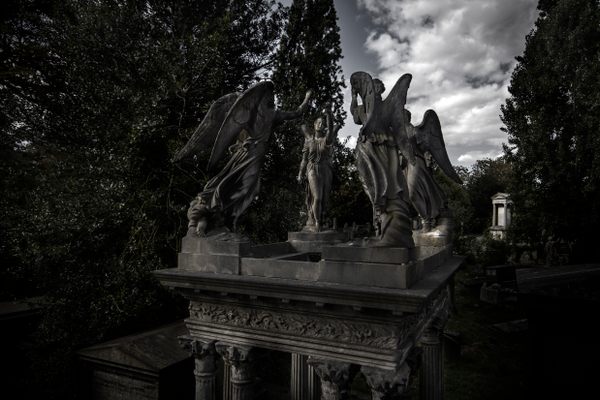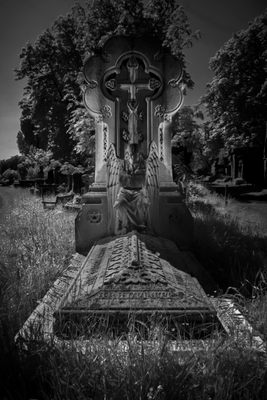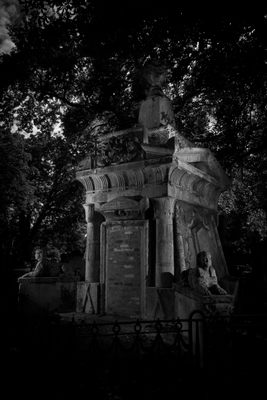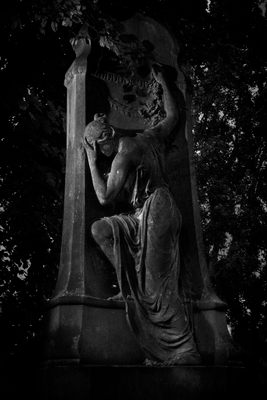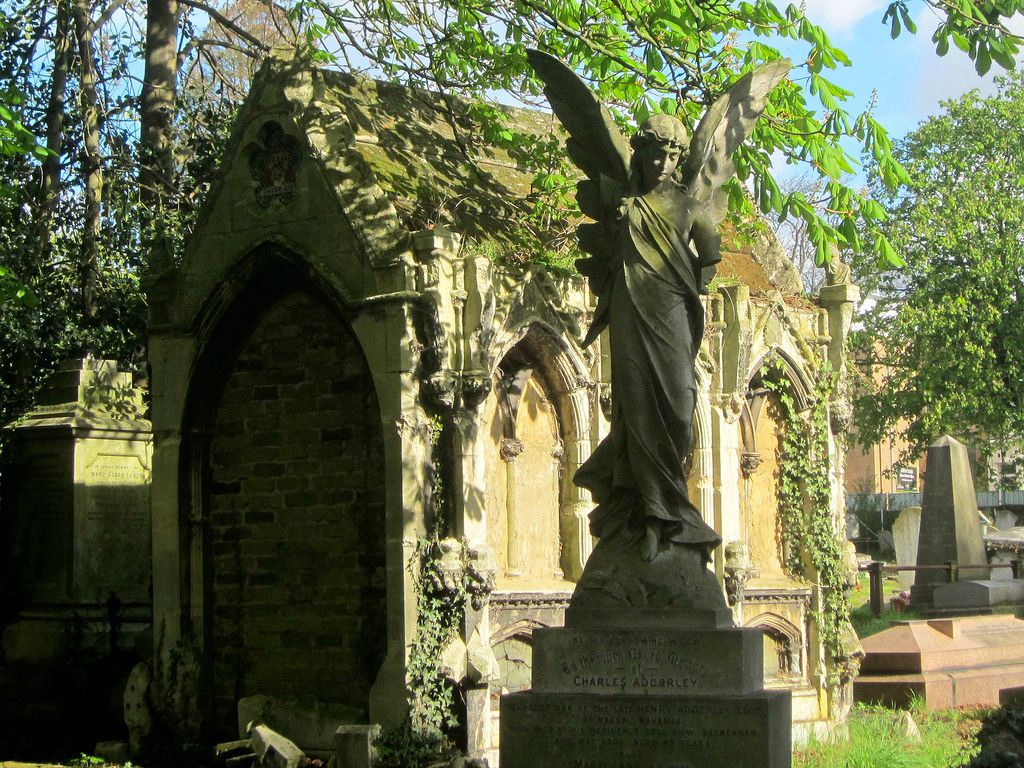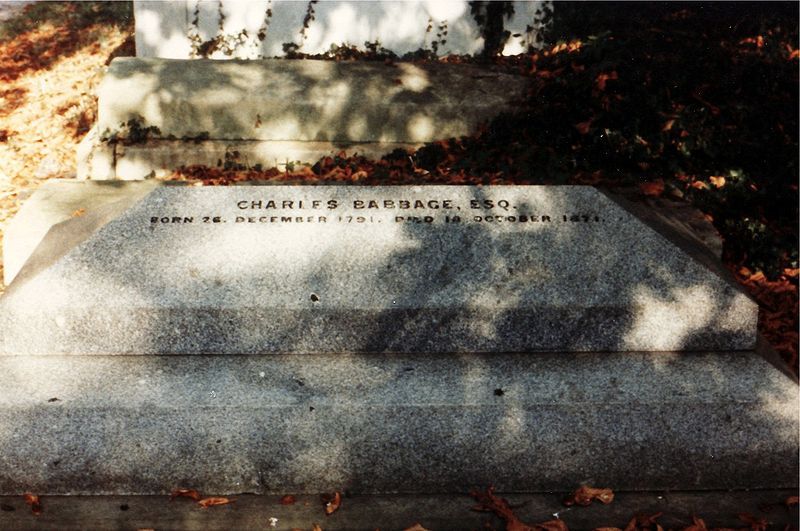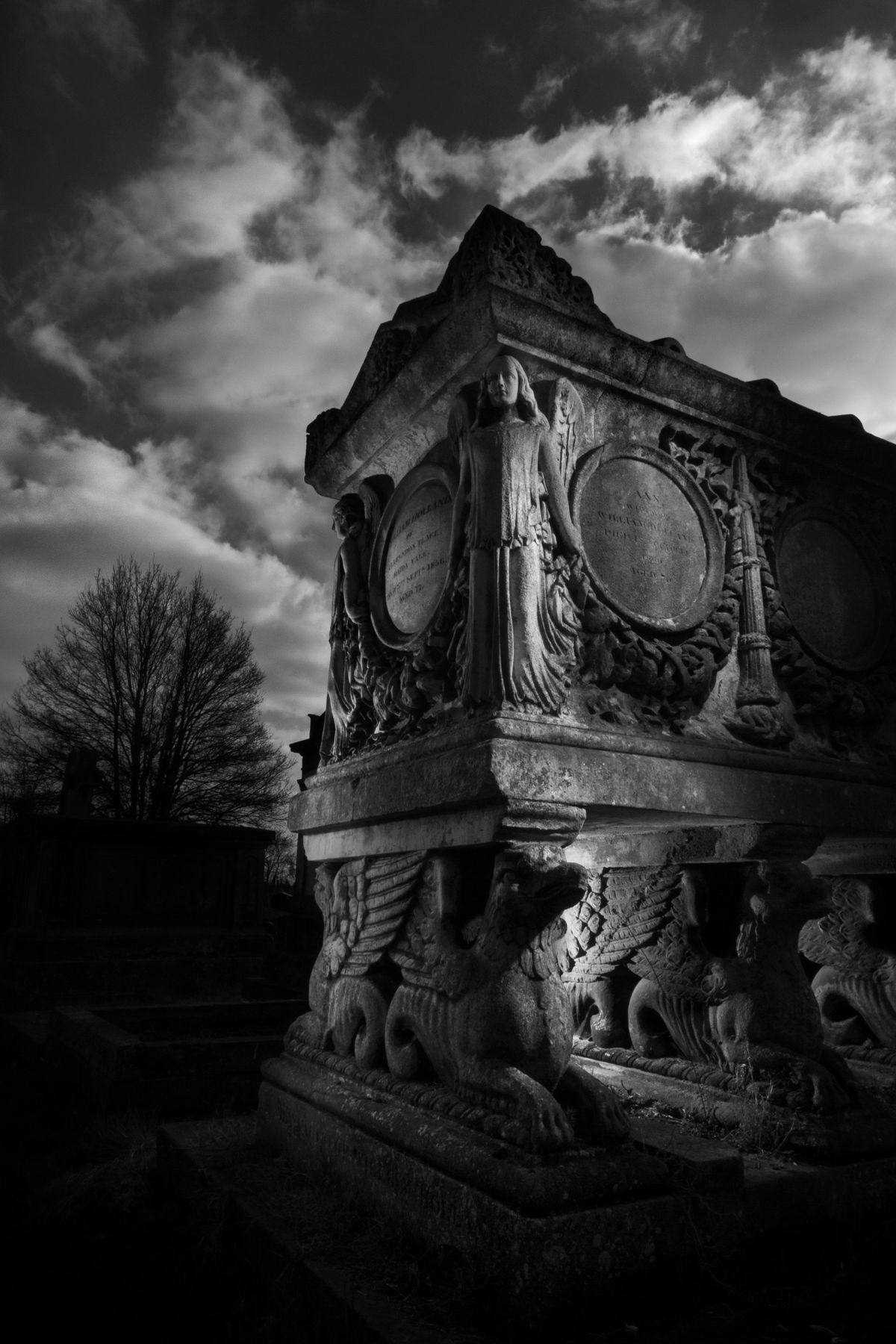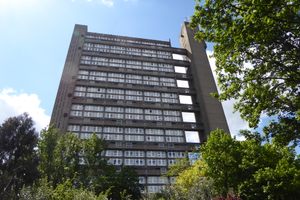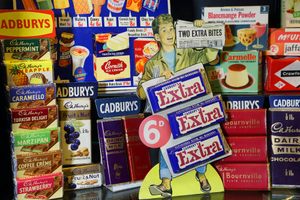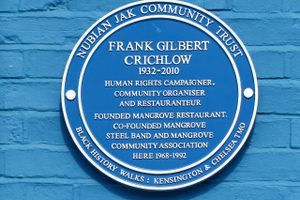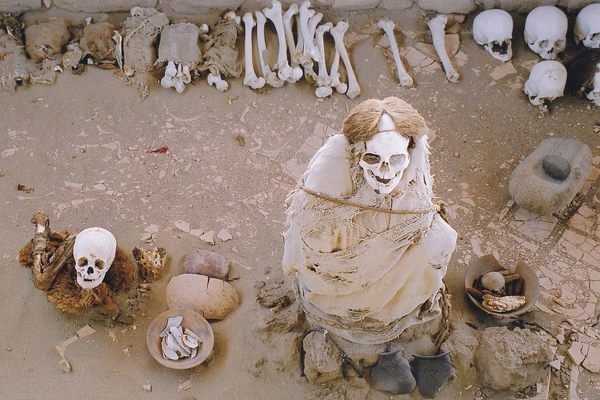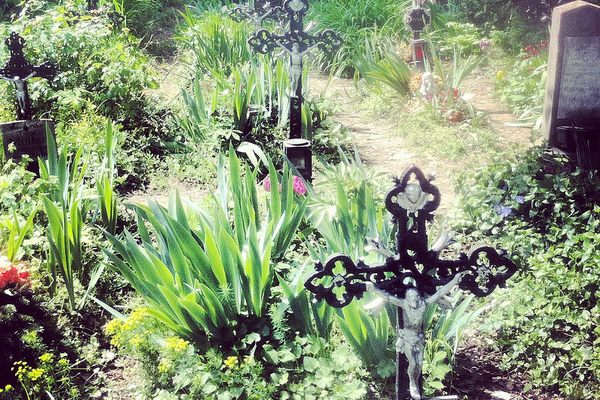About
Kensal Green is the one of the oldest public burial grounds and the first of the "Magnificent Seven" Victorian garden cemeteries built in the suburbs of London in the 19th century.
Comprised of Kensal Green, Highgate, West Norwood, Abney Park, Nunhead, Brompton, and Tower Hamlets cemeteries, the Magnificent Seven were created beginning in 1832 as part of an effort to move burials out of the City of London in response to twin pressure of health concerns about overcrowded churchyard cemeteries as well as desires for buildable land in the quickly expanding city.
Rapid population growth and a cholera outbreak in London in the 1830s hastened plans to offers an alternative to small crowded churchyards within the city, with large new cemeteries on the outskirts of town. Inspired by the model created at Père Lachaise in Paris (est. 1804), London's garden cemeteries set out to design burial grounds with inviting landscaping, shady trees, and winding paths. The Kensal Green cemetery opened in 1833; most of the first 54 acres were consecrated by the Church of England, with a small Dissenters' Section for other sects and religions at the western end. The cemetery now covers 72 acres (29 hectares) in northwest London, bounded by Harrow Road to the north, Ladbroke Grove to the west, the Paddington Canal to the south, and St. Mary's Roman Catholic Cemetery to the east.
The new cemeteries gained popularity in the Victorian period, with their elaborate rituals surrounding death and mourning. After the funeral of HRH The Duke of Sussex, sixth son of George III, in 1843, and that of his sister HRH Princess Sophia in 1848, Kensal Green in particular became the most fashionable burial ground in the country if not the empire, attracting literally hundreds of titled aristocrats, numerous celebrities, and the aspiring middle classes. Many of the tombstones and mausoleums of the period are enormous and lavish, with areas for visitors to loiter. The crushing death toll of WWI led to less ostentatious funerals and memorial decorations, and the growing popularity of cremation brought the heyday of the garden cemetery to an end. With their decline in popularity came an overall decline in conditions. Aerial bombardment did some damage in WWII, and by the 1960s, they were best known for their spooky overgrown and ramshackle appearance.
In recent decades, volunteers have helped to clear and restore monuments and chapels at Kensal Green, which now has some 140 listed buildings and monuments. The cemetery holds some 65,000 graves, and still retains a romantic atmosphere, with mature trees and magnificent monuments along the main carriageways, overgrown paths, and tumbled tombstones in the byways.
Many notable people are buried at Kensal Green, among them Charles Babbage* (of Difference Engine fame), engineers Sir Marc Isambard Brunel and Isambard Kingdom Brunel, authors William Makepeace Thackeray, John Gould, Wilkie Collins and Anthony Trollope, playwrights Terence Rattigan and Harold Pinter, merchants Andrew Pears, W.H. Smith and William Whiteley, painters William Mulready and J.W. Waterhouse, as well as Lady Wilde and Lady Byron, Winston Churchill's daughter, and Charles Dickens' in-laws.
The catafalque and hydraulic lift in the Anglican Chapel have been restored to working order, although an appeal is now underway to restore the building itself. The Anglican Chapel (and the catacomb beneath it) and Dissenter's Chapel can be visited on the regular Sunday afternoon tours led by the Friends of Kensal Green Cemetery.
*Not all of Babbage is buried at Kensal Green. Half of his brain is preserved at the Hunterian Museum, London.
Related Tags
Know Before You Go
Top Gate (London NW10 5NU), less than five minutes' walk to the west of Kensal Green underground station (Bakerloo Line and London Overground), Main Gate (London W10 4RA) near the corner of Harrow Road and Ladbroke Grove; bus interchange at Sainsburys (W10 5AA), less than five minutes' walk from the Main Gate.
Community Contributors
Added By
Published
October 26, 2009
Sources
- General Cemetery Company
- http://www.kensalgreencemetery.com/index.html
- Friends of the Kensal Green Cemetery
- http://www.kensalgreen.co.uk/
- http://www.bbc.co.uk/london/content/articles/2005/05/10/magnificent_seven_feature.shtml
- Article on garden cemeteries in London
- http://www.timetravel-britain.com/articles/london/cemeteries.shtml
- https://historicengland.org.uk/listing/the-list/list-entry/1403609
- Edit url to: http://www.kensalgreencemetery.com/

